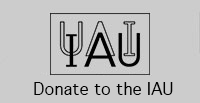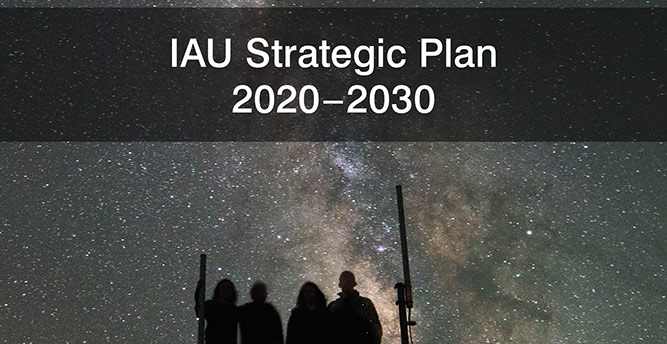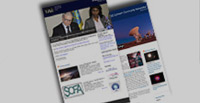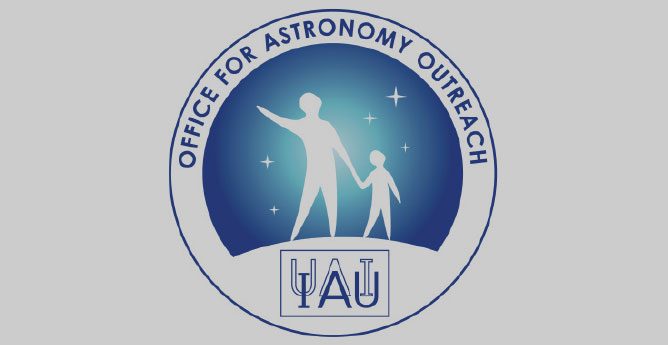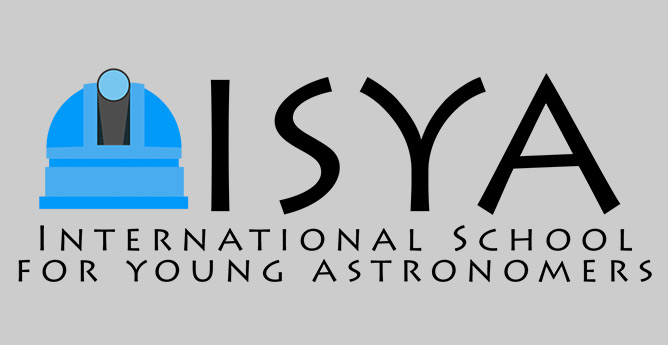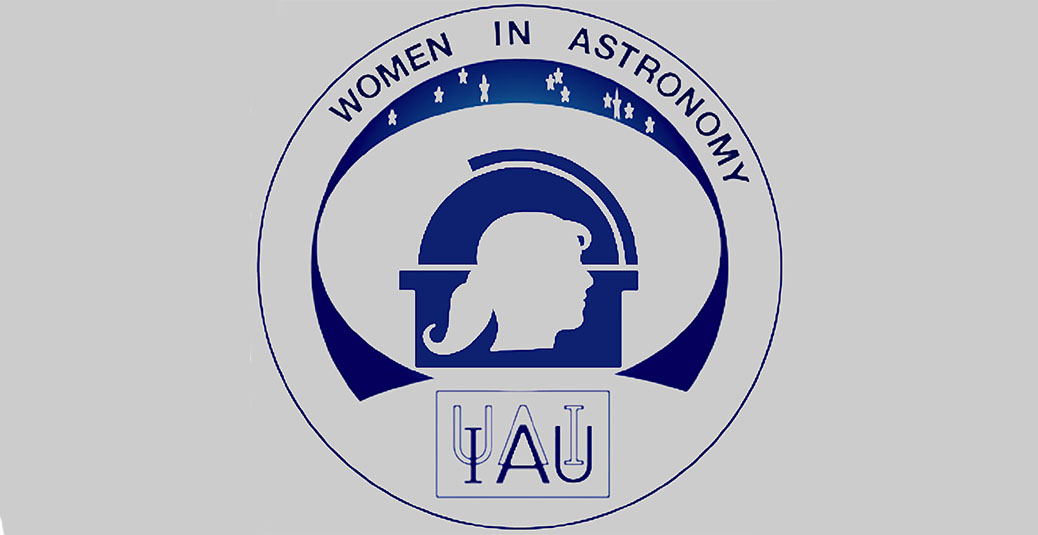- News
- Science
- Scientific Bodies
- Divisions
- Commissions
- Commission A1 Structure
- Commission A2 Structure
- Commission A3 Structure
- Commission A4 Structure
- Commission B1 Structure
- Commission B2 Structure
- Commission B3 Structure
- Commission B4 Structure
- Commission B5 Structure
- Commission B6 Structure
- Commission B7 Structure
- Commission C1 Structure
- Commission C2 Structure
- Commission C3 Structure
- Commission C4 Structure
- Commission C5 Structure
- Commission D1 Structure
- Commission E1 Structure
- Commission E2 Structure
- Commission E3 Structure
- Commission E4 Structure
- Commission F1 Structure
- Commission F2 Structure
- Commission F3 Structure
- Commission F4 Structure
- Commission G1 Structure
- Commission G2 Structure
- Commission G3 Structure
- Commission G4 Structure
- Commission G5 Structure
- Commission H1 Structure
- Commission H2 Structure
- Commission H3 Structure
- Commission H4 Structure
- Commission J1 Structure
- Commission J2 Structure
- Commission J3 Structure
- Commission X1 Structure
- Commission X2 Structure
- Past Commission Organising Committees
- Working Groups
- Centres
- Scientific Meetings
- Rules & Guidelines
- General Assemblies
- Meeting Proposals
- Future IAU Meetings
- General Assemblies
- EC Meetings
- Officers' Meetings
- Regional Meetings
- Symposia
- Focus Meetings
- Institutional Meetings
- IAU Offices Meetings
- IAU-Sponsored Meetings
- Letters of Intent submitted for 2024
- Letters of Intent submitted for 2023
- Letters of Intent submitted for 2022
- Letters of Intent submitted for 2021
- Letters of Intent submitted for 2020
- Past IAU Meetings
- Templates
- Other Meetings
- Grants & Prizes
- Scientific Bodies
- Publications
- IAU Publications
- IAU Strategic Plan
- Symposia
- WGSBN Bulletins
- Regional Meetings
- Information Bulletins/Catalyst
- E-Newsletters
- Focus Meetings
- Transactions A
- Transactions B
- Related Publications
- GA Newspapers
- CAPjournal
- IAU Books
- Brochures
- IAU Offices
- WG Reports
- Commission Reports
- Division Reports
- Past IAU Publications
- Rules, Guidelines and Instructions for Proceedings
- Publishers
- IAU Publications
- Administration
- About the IAU
- Statutes & Rules
- IAU Policies
- IAU Executive Bodies
- IAU Secretariat
- Resolutions
- Members Administration
- Administrative Dates & Deadlines
- International Organisations Relations
- Donate to the IAU
- Training in Astronomy
- Astronomy for Education
- Astronomy for Development
- Astronomy for the Public
- Office for Astronomy Outreach
- FAQ
- Themes
- Satellite Constellations
- Astronomy in Everyday Life
- How to Report a Discovery
- Careers in Astronomy
- Defining our Place in the Cosmos
- The Constellations
- Light Pollution
- Measuring the Universe
- Near Earth Objects
- How to Participate in Astronomy Research
- Naming of Astronomical Objects
- Naming of Exoplanets
- Buying Star Names
- Naming Stars
- Pluto and the Solar System
- IAU Member Statistics
- Our Moon: the Moon
- Meteors & Meteorites: The IAU Definitions of Meteor Terms
- UNESCO-IAU Portal to the Heritage of Astronomy
- Social Media
- Past Events
- Call for Online Resources
- Astronomy@Home Awards
- Contact
IAU Focus Meetings (GA)
FM 5: The Legacy of Planck
Start date/time
August 11, 2015
End date/time
August 13, 2015
Place
Honolulu,
United States
Contact
Jan Tauber
jtauber@rssd.esa.int
Coordinating Division
Division J Galaxies and Cosmology
Other Divisions:
H
Co-Chairs of SOC:
Nazzareno Mandolesi (IASF - INAF)
Jean-Loup Puget (Inst d'Astrophysique Spat)
Topics
- Cosmic Microwave Background Cosmology
- Galactic Interstellar Medium
- Extragalactic sources and backgrounds
Rationale
ESA's Planck satellite was launched in May 2009 and has surveyed the whole sky in intensity and polarization uninterruptedly between August 2009 and October 2013, over a range of frequencies spanning the radio to the submillimetre. Planck was designed to image the anisotropies of the Cosmic Microwave Background (CMB) over the whole sky, with unprecedented sensitivity and angular resolution. Planck is now widely considered as the flagship CMB experiment, and sets the standard against which all others must be compared.
In addition to the main cosmological goals of the mission, the Planck sky surveys can be used to study in detail the very sources of emission which "contaminate" the signal due to the CMB, and results in a wealth of information on the properties of extragalactic sources, and on the dust and gas in our own galaxy. In this respect, Planck is already providing a completely new look on our understanding of dust in the interstellar medium, and many further insights are expected during 2014, especially related to polarization and magnetic fields.
In March of 2013 Planck and ESA released to the community all-sky temperature maps in nine frequency bands between 30 and 857 GHz, based on its first 15.5 months of observations. At the same time, the Planck Collaboration published its first major findings in CMB cosmology and astrophysics (~30 papers covering a wide range of science can be found on arXiv and via www.rssd.esa.int/Planck). The cosmological parameters determined by Planck now constitute the most precise recipe for our Universe, and its constraints on inflationary scenarios, derived from the primordial power spectrum and from the gaussianity of the initial inhomogeneities, are the most stringent. Planck has also measured the lensing distortion of the CMB by intervening matter, and produced the first all-sky image of the large-scale distribution of dark matter integrated along the line of sight. Planck has produced a catalogue of more than one thousand clusters detected via the Sunyaev-Zeldovich effect, and the deepest all-sky catalogue of radio and dusty galaxies in the submm range. Not least, Planck has produced a new spatial and spectral model of galactic dust emission which replaces the previous standard in the field.
The fact that Planck is so important for both cosmology and astrophysics is not accidental: a very detailed knowledge of the “foregrounds” is a critical element for the reliable extraction of the CMB. This is also quite important for polarized emissions, where most of the sky is contaminated by foregrounds. There are many possible ways to separate the physical components, which rely in differing measure on prior knowledge – ranging from “no assumptions” to detailed physical modelling. Within the Planck Collaboration there has been a very intense exchange of information between scientists interested in foregrounds and those specializing in the CMB, which has resulted in significant improvements of understanding on both sides. A meeting such as the one we plan is a good way to foster the extension of this type of interchanges to a much wider community.
The next major release of Planck data will take place around mid-2014; it will include all the data acquired by Planck, and for the first time polarized data products. The latter will certainly constitute an entirely new asset to the community, to be used both for cosmology and astrophysics. As it will contain all the Planck data, this release will be the first major step towards the delivery to the community of the Legacy of Planck.
The timing of the IAU's GA Assembly in August of 2015 is well synchronized to hold a major meeting dedicated to present Planck’s legacy, and discuss its implications on astronomy and cosmology. It will take place at a time when the community has had some time to digest the Planck results presented in mid-2014. Furthermore, by mid-2015 a number of ground-based and balloon-borne submm polarization experiments should have published important complementary results. It will thus be an appropriate time to review the status of the field and assess future experimental avenues. Finally, it will also be an important point at which to obtain feedback from the community which may be relevant to improve the following (and very probably the final) release of data by the Planck Collaboration, planned to take place in late 2015. For this purpose, we would like to organize within the meeting a “town-hall”-like session where the audience can transmit ideas on improving the data and how it should preferably be provided.
Due to the wide nature of the topics where Planck is making critical contributions, we believe that this meeting is well suited to be a 3-day long interdisciplinary "Focus Meeting", co-coordinated by Divisions J and H. Tentatively, we plan to dedicate one day to CMB and cosmology, one day to galactic and extragalactic astrophysics, and one day to topics of confluence between the two, including a discussion of the next experimental steps to be undertaken.
If the IAU feels otherwise, then we could certainly hold it instead as a Symposium. In any case, we feel that it is important to hold this meeting together with the GA, not only from the timing, but also to get the attention of a large and diverse audience which may provide the feedback which is one of its aims.
A final word about the selection of the SOC for this meeting. So far we have included the Planck Science Team, which is important considering that this meeting is driven by the Planck science. In addition, we have selected a group of scientists (marked with a star in the list) who will be an excellent addition. We think the SOC fulfills the wishes of IAU for a geographically diverse SOC, and we have also made an effort to achieve gender balance. We have not contacted the non-Planck people yet, and we would like to defer this until a positive decision is taken by IAU; just in case, we do have a list of backup candidates with a similar profile and balance to the listed one. We will of course be glad to incorporate any comments from the IAU regarding the SOC composition.
